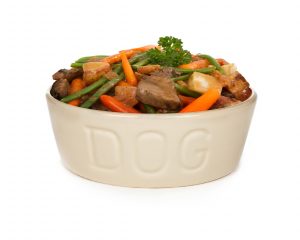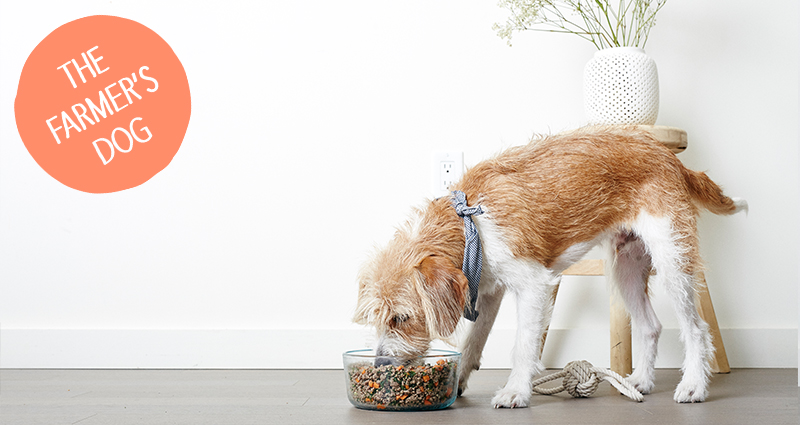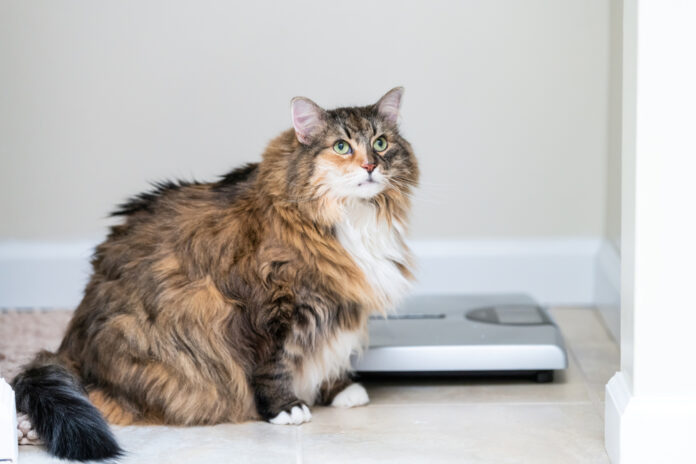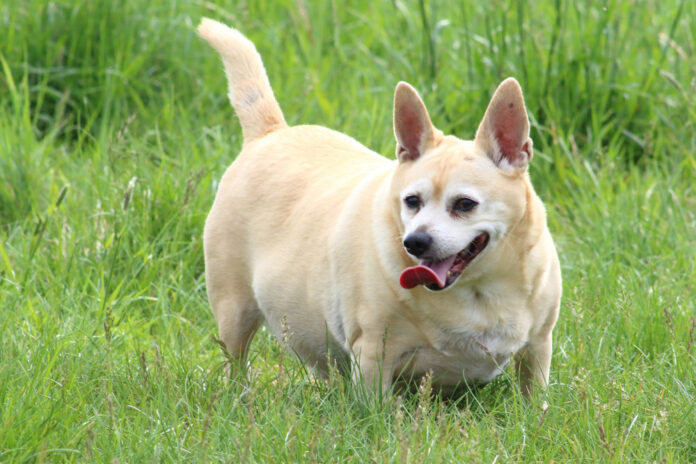Is it time to switch your pet’s food?

If your pet isn’t thriving on his current food, it’s time to file for a “pet food divorce” and switch to something better. Know what signs to look for.
Are you and your dog or cat ready for a “pet food divorce?” I know it sounds rather dramatic! But I’ve seen too many examples of people tolerating lackluster or poor results from the foods they give their pets.
For those of us in the pet care business who are not just salespeople trying to make a buck, but who are advocates for animal health and happiness, it is frustrating to see how many animals are being fed mediocre or poor quality foods, with the expected poor results. These foods are sometimes called “commercial” or “grocery” pet foods.
But it’s not only grocery and mid-priced foods that can fail to make your pet thrive. Even some high-quality pet foods can be wrong, or become wrong, for your individual pet. A food that’s working well for one pet may not be the right choice for your own companion. “One size fits all” doesn’t work when it comes pet food.
So, if it’s broken, let’s fix it. Check out the list of indications below that the food and treats your dog or cat eats aren’t working for him as they should. Any of these is reason enough to consider kicking your current food to the curb; but if you find that your pooch or kitty is suffering from several of these food-related maladies, it’s definitely time to get a “pet food divorce”.
What to know if you see any of these signs
Your food may be a mediocre quality, high carb food, in the category of most popular grocery brands. High carb foods are just not the way our carnivores are meant to eat. It would be like trying to feed a wolf or lion the way you would a horse or a cow. It ignores the carnivore’s innate biology. Replace low end grain- or carb-heavy kibble with meat-based foods and you’ll see a major improvement in your pet’s overall health, energy, appearance and maybe even his behavior. Putting only good things in your pet’s body helps bring out the best in him.
 The pet food you buy may have been changed by the manufacturer. Foods can “change out from under you” because manufacturers may make changes in their products without updating the label for up to a year or longer. Also keep in mind that companies concerned more with their bottom line than your pet’s health may include the same list of ingredients as before, but use lower quality grades of those same ingredients. For example, “chicken meal” is a very popular dry food ingredient. Ideally, it is made by taking mostly wholesome muscle and organ meats and removing most of the fat and moisture. But a lower quality version that contains more bone and fewer nutritious components would still be called “chicken meal”. If the manufacturer switches to a lower grade, you won’t be able to tell by reading, only by feeding and seeing the results.
The pet food you buy may have been changed by the manufacturer. Foods can “change out from under you” because manufacturers may make changes in their products without updating the label for up to a year or longer. Also keep in mind that companies concerned more with their bottom line than your pet’s health may include the same list of ingredients as before, but use lower quality grades of those same ingredients. For example, “chicken meal” is a very popular dry food ingredient. Ideally, it is made by taking mostly wholesome muscle and organ meats and removing most of the fat and moisture. But a lower quality version that contains more bone and fewer nutritious components would still be called “chicken meal”. If the manufacturer switches to a lower grade, you won’t be able to tell by reading, only by feeding and seeing the results.
Your dog or cat could have developed a food allergy or sensitivity to one or more ingredients. A dog or cat can eat the same food for years and do well with it, but then start showing signs of sensitivities or allergies to the protein source or other ingredients. If a food that has always seemed to work well starts to cause skin and coat reactions, hot spots, or any allergic responses such as clogged ears, “weepy” eyes or vomiting, your animal may have developed an allergy.
 Your animals is changing, not the food. Changes in your dog or cat’s body chemistry, metabolism and digestive efficiency as they enter different life stages can also be the trigger that makes yesterday’s food wrong for tomorrow. Pay attention to the rhythm of your pet’s life stages, with particular attention to the transition between puppy or kitten and adult, and later in life from adult to senior status.
Your animals is changing, not the food. Changes in your dog or cat’s body chemistry, metabolism and digestive efficiency as they enter different life stages can also be the trigger that makes yesterday’s food wrong for tomorrow. Pay attention to the rhythm of your pet’s life stages, with particular attention to the transition between puppy or kitten and adult, and later in life from adult to senior status.
Foods can “change out from under you” because manufacturers may make changes in their products without updating the label for up to a year or longer.
Signs that can signal the need for a food change
1. Food rejection or finicky behavior
Your dog or cat starts being picky or even completely rejects a food that he’s eaten heartily in the past. A little fussiness isn’t reason to dump a food that has worked well, but if your pet constantly rejects the food and starts to gives you that “what in the heck are you trying to feed me” look, it’s time to consider a change.
2. Skin and coat problems
If your pet experiences any of these negative changes in skin and coat results, don’t just accept it as “par for the course”:
- Hair loss or excessive and constant shedding regardless of the season.
- A dull, lifeless, “stiff” or greasy coat.
- A sudden case of the “itches” that has him scratching all day and night.
- You start to see “hot spots” and other skin irritations, sores or patches of dryness, and your animal becomes obsessed with chewing and scratching these spots.
3. Energy dips and spikes
- Decreased energy levels — this could be food-related or signal more serious health problems.
- Excessive energy — yes, we want our pets to have high spirits! But if a dog or cat’s personality seems to change from “spirited but manageable” or “laid back and mellow” to “hyper and hard to control”, you need to examine and potentially reconsider your food and treat choices. High levels of carbohydrates from grains and other sources are not optimal energy sources for carnivores such as cats and dogs. High carbs in pets can cause the same hyperactivity as sugar in kids.
4. Stomach and stool problems
The draining symptoms of alternating diarrhea, constipation and vomiting are all potential signs of canine or feline irritable bowel disease (IBD). Pets experiencing IBD are some of the saddest situations we see as nutritionists. IBD sucks life energy and vitality from your best friend. And if it goes on for too long, it’s tough for affected animals to bounce back. No food should cause these serious digestive problems. Less serious, but not to be ignored, are loose stools or changes in the color, size and consistency of the stool that persist more than a few days. This could indicate that something has changed in the food you are using, or in your pet’s tolerance and proper digestion of the food.
If or when your dog or cat’s food isn’t fulfilling his needs, it’s time to file for a “pet food divorce” and find a healthy new partnership! Start by visiting a trusted and experienced independent pet specialty store in your area. If there isn’t one nearby, search online for “natural and holistic pet food stores”; just make sure the sites you visit are truly independent, and not thinly disguised advertising portals. Read reviews to make sure you are dealing with a respected advisor. When you do switch your dog or cat’s food, do it gradually, and you’ll soon have a healthier, happier companion.
Editor’s note: While changes in your dog or cat’s health status can often be due to what he’s eating, it’s important to also rule out any physical problems with a trip to the vet.





